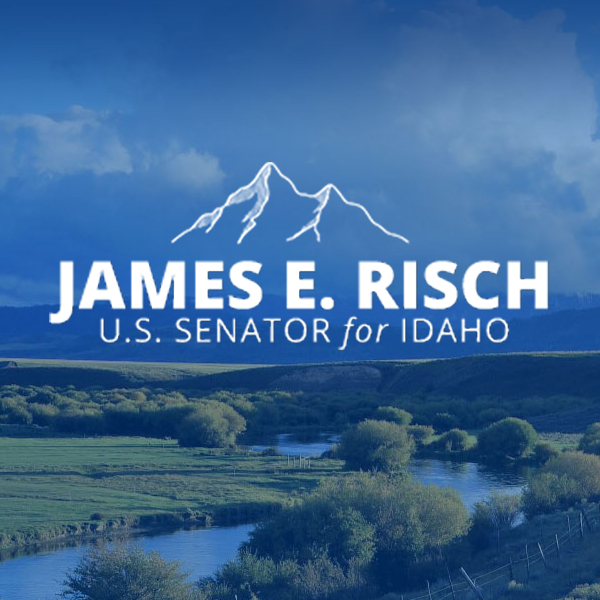Source: United States Senator for Idaho James E Risch
WASHINGTON – U.S. Senator Jim Risch (R-Idaho) and Congresswoman Cathy McMorris Rodgers (R-Wash.), along with their colleagues from the Pacific Northwest, demanded answers from ten federal agencies involved in the White House Council on Environmental Quality (CEQ)’s exploration of plans to breach the Lower Snake River dams.
The series of letters press CEQ for answers on their current stakeholder engagement sessions and ask federal agencies that have a stake in Lower Snake River dam operations about their role in CEQ’s process. The letters also call into question CEQ’s focus on the four species of fish that pass through the Lower Snake River Dams over the 13 species that are threatened or endangered across the Columbia River Basin. They further emphasize the lengthy and cooperative process undergone during the Columbia River System Operations National Environmental Policy Act (NEPA) Process and Biological Opinion.
Risch and Rodgers were joined in sending the letters by Senators Mike Crapo (R-Idaho) and Steve Daines (R-Mont.), as well as Representatives Russ Fulcher (R-Idaho), Jaime Herrera Beutler (R-Wash.), Dan Newhouse (R- Wash.), and Cliff Bentz (R-Ore.).
Highlights and excerpts from the letter sent to the agencies:
“As you know, the Federal Columbia River Power System comprises 31 hydroelectric projects in the Columbia River Basin and provides approximately one third of the electricity used in the Pacific Northwest, as well as critical flood risk management, irrigation, and navigation benefits.
“The Lower Snake River Dams provide [Bonneville Power Administration] with capacity to meet peak energy demand loads. The four dams generate approximately 1,000 megawatts of power on average annually, with the capacity for generating over 3,000 megawatts of power.
“The need for this capacity was demonstrated during severe cold and heat events last year. In 2021, BPA issued assessments indicating the Lower Snake River Dams prevented rolling blackouts during the deep freeze and severe heat events in the Pacific Northwest. In January and February of 2021, the four dams each generated more than 400 megawatts of energy, with some providing more than 500 megawatts. Additionally, during the 5-day heatwave in June, the Lower Snake River Dams held 15% of BPA’s total required reserves. At their highest, the dams provided 1,118 megawatts of combined energy.
“The Lower Snake River Dams are not only critical to grid reliability in the Pacific Northwest, through fish passage adaptations, they achieve 96 percent passage survival for juvenile yearling Chinook salmon and steelhead smolts at each dam.
“We share the goal of recovering threatened and endangered fish species in the Columbia River Basin, and we should be encouraged by recent returns on the Lower Snake River. Snake River Spring Chinook returns have increased since 2019, with 2020 returns up 55 percent and 2021 returns up 27 percent.
“We understand that the [agencies] are engaged in CEQ’s effort focused on recovering Columbia Basin threatened and endangered fish species. Given the critical role the entire Federal Columbia River Power System plays in powering the Pacific Northwest, providing flood risk management, irrigation, and navigation benefits, as well as CEQ’s focus on how breaching the Lower Snake River Dams may aid in fish recovery, we request answers … in writing by no later than May 1, 2022.”
To read the letters and view the questions to each agency, click here.
NOTE: Letters were sent to President Biden, National Oceanic and Atmospheric Administration Fisheries, U.S. Army Corps of Engineers, U.S. Department of Agriculture, U.S. Department of Transportation, U.S. Bureau of Reclamation, U.S. Fish and Wildlife Service, U.S. Department of State, U.S. Department of Energy, and Bonneville Power Administration.
# # #
